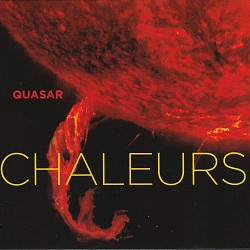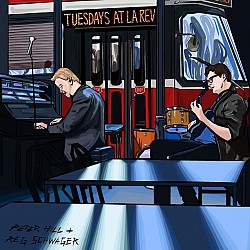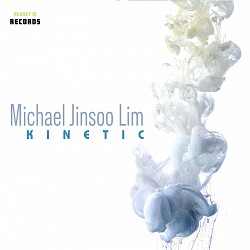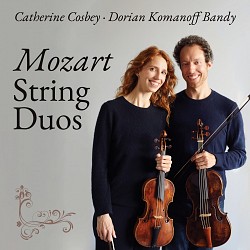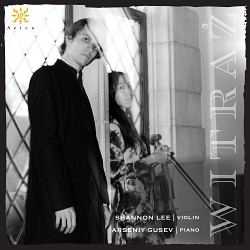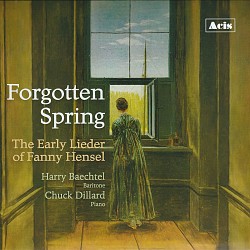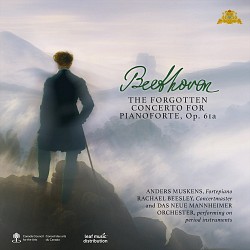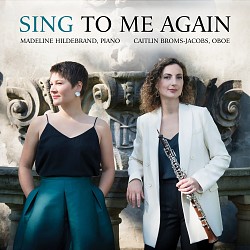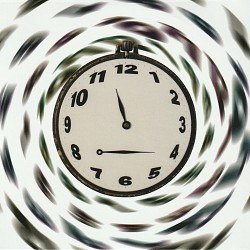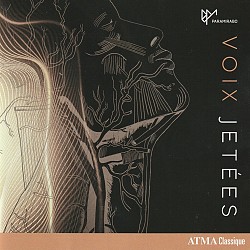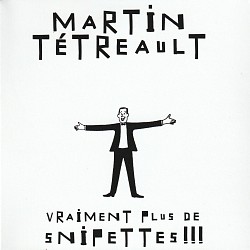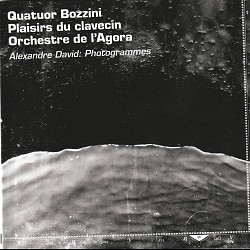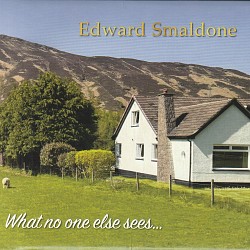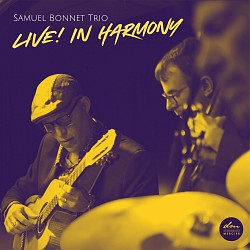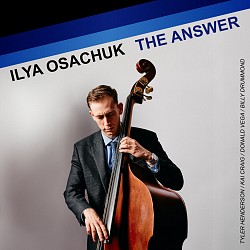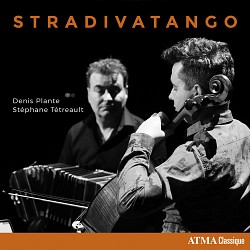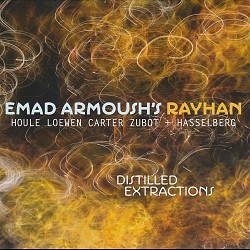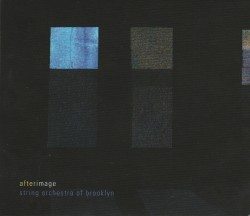 afterimage
afterimage
String Orchestra of Brooklyn
(Artisans FACD6823 furiousartisans.com)
Read the Review
The following review is an excerpt from Editor's Corner (February 2020) which can be read in its entirety here.
The String Orchestra of Brooklyn (SOB)’s conductor Eli Spindel says of the group’s debut CD release afterimage (Furious Artisans FACD6823 furiousartisans.com) “The featured works […] take as their starting point a single moment from an older work and – through processes of repetition, distortion, and in the case of the Stabat Mater, extreme slow motion – create a completely new soundscape, like opening a small door into an unfamiliar world.” The disc begins with Christopher Cerrone’s High Windows, based on Paganini’s Caprice No.6 in G Minor. Scored for string quartet and string orchestra, the SOB is joined on this recording by the Argus Quartet. The 13-minute work examines a fragment of the Paganini as under a microscope and also draws on material from an earlier Cerrone piece for piano and electronics. The title refers to the windows of the church in which the premiere performance took place. Although this is the SOB’s first recording, they were founded in 2007 and the second work is Jacob Cooper’s Stabat Mater Dolorosa which was written for them in 2009. Taking Pergolesi’s Stabat Mater as its point of departure, the 27-minute work incorporates two singers as does the original. It takes patience to listen to the extremely slow unfolding of this careful examination of one of the most gorgeous works of early 18th-century vocal repertoire. If you are able to suspend your disbelief, it’s well worth the journey. The disc also includes the original works that inspired Cerrone and Cooper. Violinist Rachel Lee Priday performs Paganini’s solo caprice and soprano Mellissa Hughes and mezzo Kate Maroney shine in a more traditional interpretation of the first movement of Pergolesi’s masterpiece to complete the disc. My only quibble with this recording is the order of presentation. I’m sure much thought went into the decision to put the new works first and the old works last, but after several listenings I find I prefer to hear the Paganini first to set the stage for Cerrone’s tribute, then the Cooper, with Pergolesi last to really bring us home.

